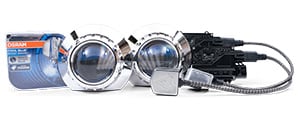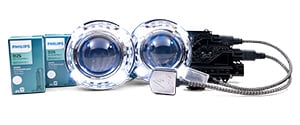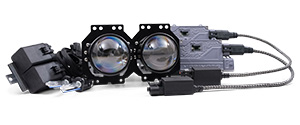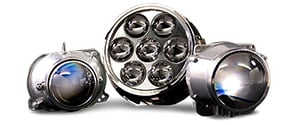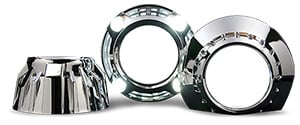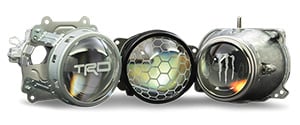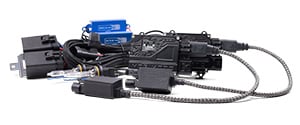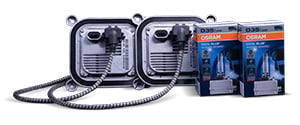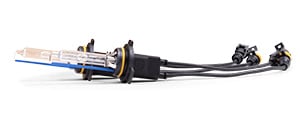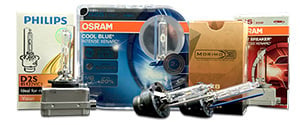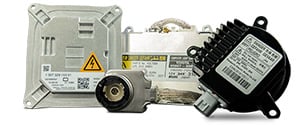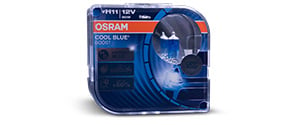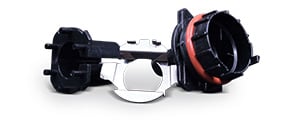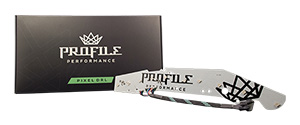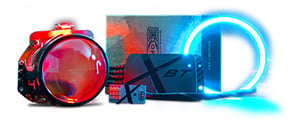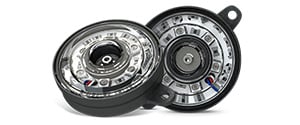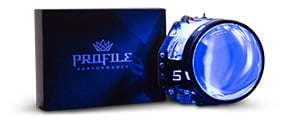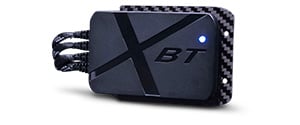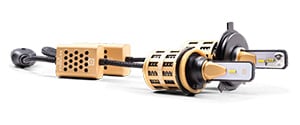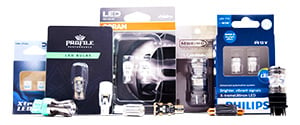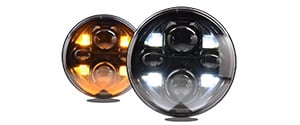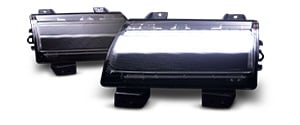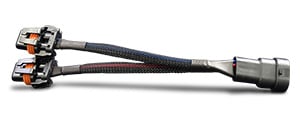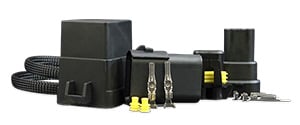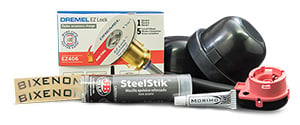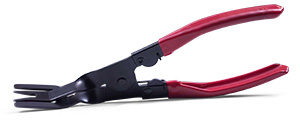Have you ever wondered why some headlights appear blue? The answer lies in the type of lighting technology and the color temperature of the light produced. This blog post will explore the science behind blue headlights, their advantages, and any potential drawbacks. So, let's dive in and learn why they sometimes have that captivating blue hue.
Understanding Color Temperature
We must first discuss color temperature to understand why some headlights appear blue. Measured in Kelvin (K), color temperature refers to the warmth or coolness of a light source. Lower color temperatures (around 2700K) produce a warm, yellow light, while higher color temperatures (above 5000K) emit a cool, blue light. Daylight typically falls around 5500K to 6500K.
What Are The Reasons For Blue Headlights?
Headlights are not inherently blue. Modern cars have headlights that emit bluish-white light. This is particularly due to High-Intensity Discharge (HID) or Light-Emitting Diode (LED) technology. The bluish tint results from the color spectrum produced by these materials, such as:
- Xenon gas
- Mercury vapor
- Blue LEDs
HID and LED headlights provide brighter and more energy-efficient light than traditional halogen headlights. They also have a longer lifespan compared to the conventional option. The bluish tint can improve visibility in fog or rain but may be harsh on other drivers' eyes and pose safety risks if improperly aimed or installed.
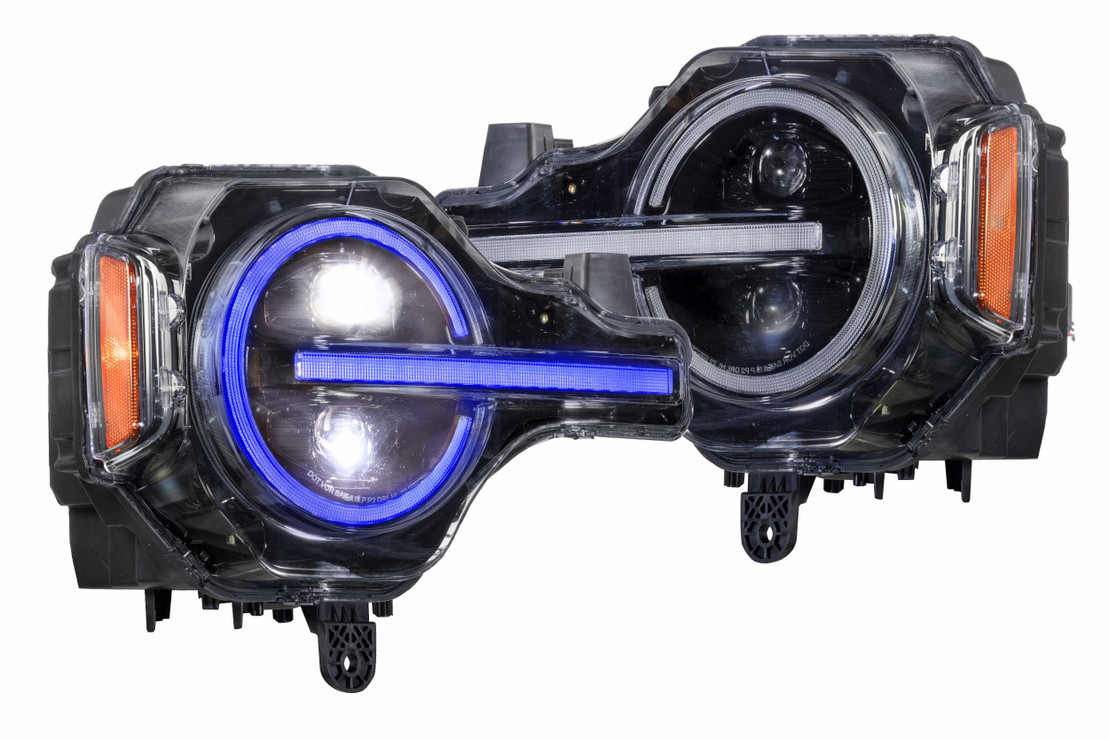
Browse The Latest TRS Headlights
Types of Headlights Emitting Blue Light
Two main types of headlights emit a blue light:
- HID (High-Intensity Discharge) Headlights: HID headlights, also known as Xenon headlights, are an increasingly popular type. They produce a brighter, more intense light with a higher color temperature than traditional halogen bulbs. These headlights typically range from 4000K to 6000K, giving them a blue or white appearance.
- LED Headlights: LED headlights are known for their energy efficiency and long lifespan. They also produce a higher color temperature light, usually between 5000K and 6500K, resulting in blue or white light output.
Advantages of Blue Headlights
Blue headlights offer several advantages:
- Improved Visibility: The higher color temperature of blue headlights closely resembles daylight, providing better visibility during nighttime driving.
- Enhanced Safety: Blue headlights can make your vehicle more visible to other drivers, reducing the likelihood of accidents.
- Modern Aesthetics: Blue headlights offer a sleek, modern appearance that can enhance the overall look of your vehicle.
Potential Drawbacks of Blue Headlights
Blue headlights have some potential drawbacks despite their advantages:
- Glare and Discomfort: Some blue headlights can produce a harsh glare that can be uncomfortable or distracting to other drivers, especially if the headlights are not properly aligned.
- Legal Restrictions: In certain regions, overly bright or blue headlights may not be permitted. It's essential to check your local regulations before upgrading to blue headlights.
- Higher Cost: HID and LED headlights produce blue light and are generally more expensive than traditional halogen bulbs.
The Importance of Proper Alignment
Regardless of the type of headlights you choose, proper alignment is crucial. This is important for maximizing visibility and minimizing glare. Regularly check your headlight alignment and make adjustments as necessary to maintain safety on the road.
Takeaway
Blue headlights, typically associated with HID and LED technology, offer improved visibility and a modern aesthetic. By understanding the science behind blue headlights and ensuring proper alignment, you can enjoy the benefits of this lighting option while minimizing any potential issues. However, before making the switch, it's essential to be aware of potential drawbacks, such as glare and local regulations.
.png)
